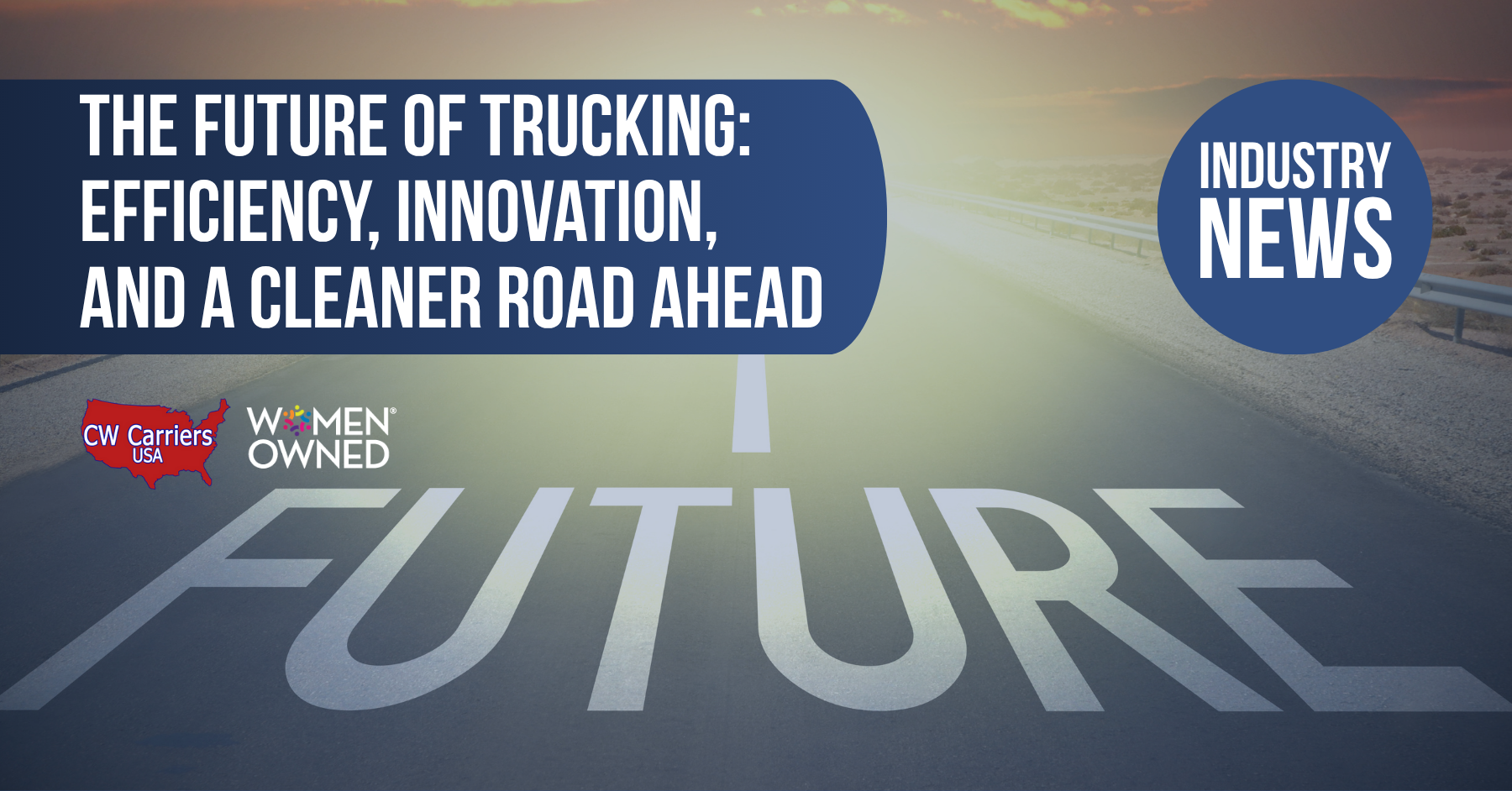
The future of trucking isn’t just about moving freight-it’s about moving smarter. Lower costs, reduced emissions, and regulatory compliance are no longer optional-they’re the new standard. And solutions like the Shell Starship 3.0 are showing us what’s possible when efficiency and sustainability go hand in hand.
From Concept to Real-World Innovation
The Shell Starship project has always had one clear mission: to redefine energy efficiency in trucking. The first two versions ran on diesel but still pushed beyond industry standards. Now, Starship 3.0 takes things even further with the Cummins X15N natural gas engine-a move away from diesel that’s as powerful, but far cleaner.
Why Starship 3.0 Matters
What sets this truck apart isn’t just the engine-it’s a full package built for modern demands:
- Natural gas powertrain
The Cummins X15N engine runs on natural gas, dramatically reducing emissions while maintaining performance. - Aerodynamic design
With sleek curves and reduced drag, Starship 3.0 slices through air resistance for better fuel efficiency. - Low-resistance tires
Designed to reduce rolling friction, improving mileage without sacrificing safety or durability. - Advanced lubricants
The truck uses Shell Rotella NG Plus SAE 5W-30 synthetic oil-formulated specifically for natural gas engines. - Real-world testing
Starship 3.0 has been tested on the road by real truck drivers, proving its capability beyond the lab.
The Road to a Smarter Industry
Starship 3.0 is more than a one-off innovation-it’s part of a long-term evolution that began in 2018. Each generation has improved on the last, showing that progress in trucking doesn’t have to come at the cost of performance or profitability.
With tightening emissions regulations and rising fuel costs, the industry must continue to adapt. Technology isn’t a nice-to-have-it’s the key to staying competitive. Manufacturers know this, and forward-thinking fleets do too.
A Win for the Environment-and the Bottom Line
Trucks like the Shell Starship 3.0 show what’s possible when sustainability meets performance. For fleets looking to cut fuel costs while staying ahead of environmental standards, the future has already arrived.
